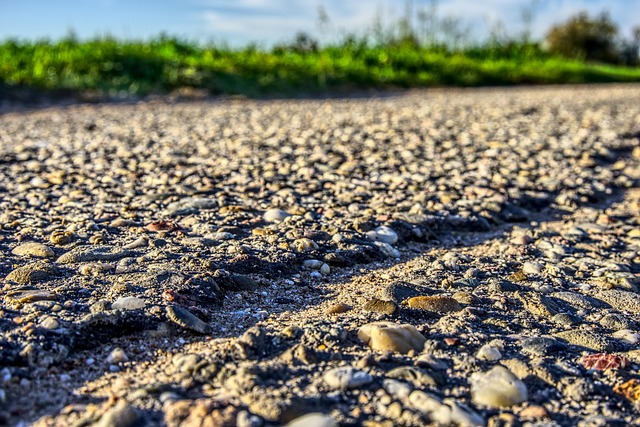Escaping the Storm: The Growing Crisis of Climate Refugees in a World of Extreme Weather
The earth is changing, and for millions of people around the globe, the consequences of that change are nothing short of catastrophic. As extreme weather events become more frequent and intense, a new term has emerged to describe those forced to flee their homes: climate refugees. This phrase encapsulates a harrowing reality that many are living, a struggle for survival in the face of a crisis that seems beyond their control.
The Faces Behind the Term
When we think of refugees, images of war-torn countries might come to mind. Yet, today, an increasing number of individuals and families are becoming climate refugees, displaced not by violence but by natural disasters such as hurricanes, floods, droughts, and wildfires. These victims are often just ordinary people—farmers whose crops have withered, fishermen whose waters have become barren, and residents of coastal towns who now find themselves underwater.
In regions like Bangladesh, rising sea levels are swallowing up entire communities. In the Sahara, relentless droughts are turning once-fertile land into lifeless desert. And in the United States, the Atlantic coast is increasingly battered by hurricanes, forcing families to abandon their homes and seek shelter elsewhere. Each of these scenarios adds a layer of urgency to the plight of climate refugees, reminding us that their stories are not just statistics; they are narratives filled with dreams, hopes, and a desperate need for safety.
The Emotional Toll
For those affected, the experience of becoming a climate refugee is fraught with emotional trauma. Imagine packing up your home, not for an adventure but out of necessity, leaving cherished possessions behind in hopes of starting anew. The weight of uncertainty looms large: Will it be safe? Will there be enough resources? And perhaps most poignantly, will you ever be able to return?
The loss is not just physical; it is deeply emotional and psychological. Families are torn apart, communities evaporate, and cultural identities are at risk of disappearing. The anxiety tied to displacement can be long-lasting, impacting mental health and community cohesion. As the climate crisis intensifies, so too does the psychic toll on those who feel they have nowhere to go.
A Global Challenge
The plight of climate refugees is not confined to one geographic area, nor is it a future problem—it is a present-day crisis impacting countless communities worldwide. The United Nations estimates that by 2050, up to 200 million people may be displaced due to climate change. This staggering number reflects an urgent need for action, not just to mitigate climate change but also to develop supportive systems for displaced individuals and families.
Governments, NGOs, and international organizations must work together to create comprehensive strategies that address both prevention and response. This can include investment in sustainable infrastructure, development of early warning systems, and the establishment of legal frameworks to protect those who are uprooted from their homes. The emotional and physical well-being of climate refugees must be at the forefront of any discussion surrounding climate action.
What Can We Do?
As individuals, there are steps we can take to support climate refugees and those affected by extreme weather. Raising awareness about the issue, advocating for policy changes, and contributing to organizations working in this area are vital steps we can take. Moreover, adopting sustainable practices in our daily lives can contribute to the larger fight against climate change, ensuring that future generations may not face a similar fate.
By recognizing the humanity in the term climate refugees, we can foster empathy and call for urgent action. We may not be able to stop the storms entirely, but together, we can strive for a world where the right to a safe home is guaranteed for everyone, no matter the changing climate.




